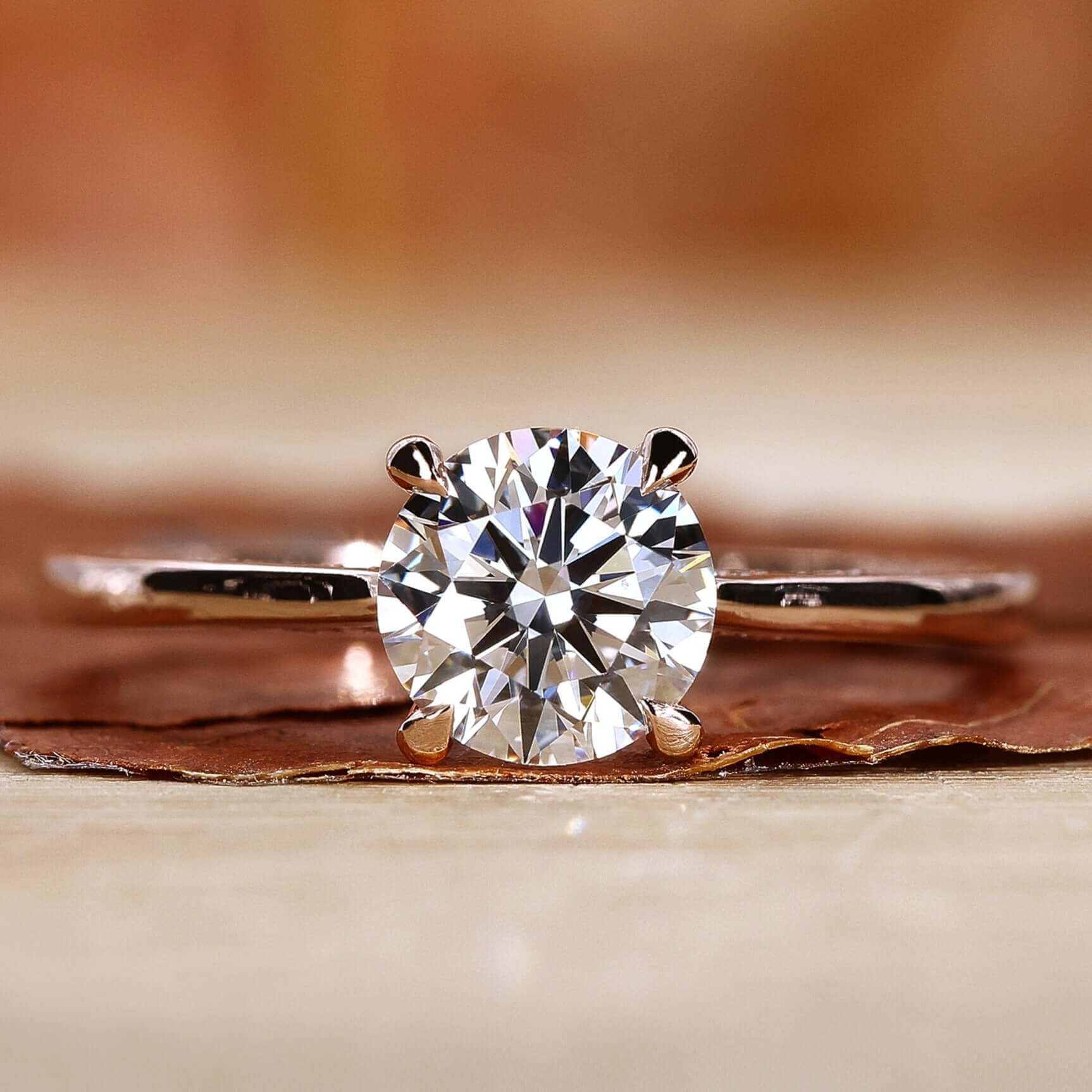When it comes to diamonds #1 question, one burning question persists: are man-made diamonds as good as natural diamonds? As more people explore ethical, sustainable options, the conversation around lab-grown diamonds is gaining momentum. In this article, we will provide a comprehensive look at the rise of man-made diamonds, their characteristics, and the growing demand for these brilliant gems.
What Are Man-Made Diamonds?
Man-made diamonds, also referred to as lab-grown diamonds or synthetic diamonds, are created in a laboratory environment that replicates the conditions under which natural diamonds form. These diamonds are physically and chemically identical to natural diamonds, meaning that even experts can find it challenging to distinguish between the two without specialized equipment.
How Are Man-Made Diamonds Created?
Two primary methods are used to create lab-grown diamonds:
High-Pressure High-Temperature (HPHT) Method
The HPHT method mimics the high-pressure and high-temperature conditions found deep within the Earth’s mantle. Carbon is subjected to immense pressure and heat, resulting in the formation of a diamond crystal. HPHT is one of the oldest methods of creating synthetic diamonds and remains a popular technique in the industry.
Chemical Vapor Deposition (CVD) Method
The CVD process uses carbon-rich gases in a vacuum chamber to form a diamond layer by layer. This method allows for more control over the size and quality of the diamond, making it a preferred choice for many manufacturers.
How Do Man-Made Diamonds Compare to Natural Diamonds?
Many people ask whether man-made diamonds measure up to their natural counterparts. Let’s break down the similarities and differences:
Physical and Chemical Properties
Both natural and lab-grown diamonds are made of pure carbon arranged in a crystal structure. This gives them identical physical properties, including hardness, brilliance, and thermal conductivity. To the naked eye, there is no visible difference between a natural and man-made diamond. Even under magnification, distinguishing between the two is nearly impossible without advanced tools.
Ethical and Environmental Benefits
One of the significant reasons for the rise in popularity of lab-grown diamonds is their ethical and environmental benefits. Unlike natural diamonds, which may come from conflict zones or contribute to environmental degradation, man-made diamonds are considered a more sustainable and ethical choice. They don’t require mining, thus reducing the carbon footprint and ecological damage associated with the extraction process.
Price Point
Another key distinction between man-made diamonds and natural diamonds is their price. Lab-grown diamonds are typically 20-40% less expensive than natural diamonds of the same size and quality. This makes them an attractive option for consumers who want to maximize their budget without sacrificing quality or aesthetics.
Why Choose Man-Made Diamonds?
The decision to choose a man-made diamond over a natural one is influenced by several factors. Below, we discuss why more people are opting for lab-grown stones.
Transparency and Ethical Sourcing
The diamond industry has faced significant scrutiny over the years due to conflict diamonds—stones mined in war zones and sold to finance armed conflicts. Consumers today are more conscious about the origins of their purchases. Lab-grown diamonds provide full transparency regarding their sourcing, ensuring that they are entirely free from such ethical dilemmas.
Environmental Responsibility
Mining for natural diamonds can have a devastating impact on the environment, causing soil erosion, deforestation, and ecosystem disruption. The production of lab-grown diamonds is significantly less harmful to the environment. Those who wish to minimize their environmental footprint often choose man-made diamonds for this reason.
Innovation and Customization
Another advantage of man-made diamonds is their versatility. Because they are created in a controlled environment, there is greater room for innovation. Custom-designed diamonds, unique shapes, and vibrant colors are more readily available through lab-grown options than with mined diamonds.
Debunking Myths Around Man-Made Diamonds
With the rise in popularity of lab-grown diamonds, several myths and misconceptions have emerged. Let’s clear up a few:
Myth 1: Man-Made Diamonds Are Fake
One of the most persistent myths is that man-made diamonds are somehow “fake.” This couldn’t be further from the truth. Lab-grown diamonds are real diamonds in every sense, from their molecular structure to their appearance. The only difference is their origin.
Myth 2: Lab-Grown Diamonds Have No Resale Value
It’s often said that lab-grown diamonds do not hold their value the way natural diamonds do. While it is true that the resale market for synthetic diamonds is still developing, the same can be said for many luxury items. As the demand for lab-grown diamonds increases, it’s likely that their resale value will improve as well.
Myth 3: Man-Made Diamonds Lack Brilliance
Another common misconception is that synthetic diamonds lack the brilliance or sparkle of natural diamonds. This is entirely untrue. Because man-made diamonds are chemically identical to natural diamonds, they exhibit the same level of brilliance, sparkle, and fire.
The Growing Demand for Man-Made Diamonds
The market for lab-grown diamonds is rapidly expanding, with more consumers looking for ethical, sustainable, and affordable alternatives to natural diamonds. In recent years, engagement rings, earrings, and other jewelry featuring man-made diamonds have seen significant demand.
Celebrity Endorsement
Celebrities and influencers are also helping to propel the trend. More high-profile personalities are opting for lab-grown diamonds, further solidifying their place in the luxury market. These endorsements signal a broader shift toward sustainability and ethical consumerism in the world of luxury goods.
Availability and Innovation
As the technology for creating lab-grown diamonds advances, so does their availability. Today, consumers can find man-made diamonds in various shapes, sizes, and colors. This innovation is pushing the boundaries of what’s possible with diamond jewelry, allowing buyers to personalize their choices in ways that were not possible with natural stones.
Conclusion
In conclusion, man made diamonds offer a wealth of benefits, from their ethical sourcing and environmental responsibility to their affordability and customization options. As consumer awareness grows and technology improves, it’s likely that lab-grown diamonds will continue to rise in popularity, providing a brilliant alternative to natural diamonds. Whether you’re in the market for an engagement ring, a gift, or a piece of jewelry to add to your collection, man-made diamonds represent the future of the diamond industry.

